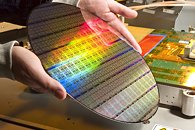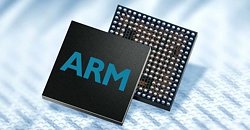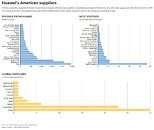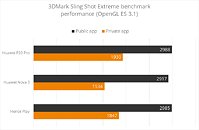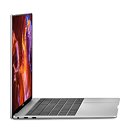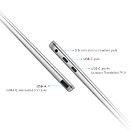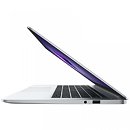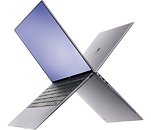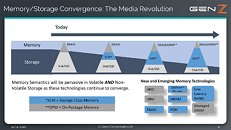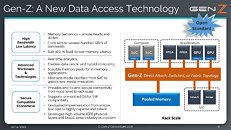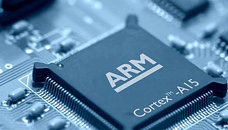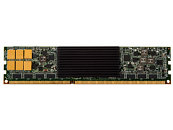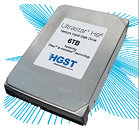
US Government Could Stop Chip Shipments from TSMC to Huawei
US Government, precisely the Trump administration, is considering placing a ban on chip export from TSMC to Huawei. With Huawei being in the middle between the US and China fight for global technology dominance, the Trump administration is seeking to limit the progress of foreign forces trying to match or beat US technology. There were previous efforts by the US government to influence Huawei's fate, with them claiming that Huawei 5G equipment is capable of supplying China with intelligence, meaning that China tries to spy on US citizens. While those claims were later disregarded by Huawei, the Trump administration managed to do some damage to the face of the company.
The TSMC representative who spoke to Reuters about the potential ban said that the company (TSMC) does not answer hypothetical questions and that they don't talk about their customers. To achieve more control over the China semiconductor manufacturing, the US government plans to place a licensing model on all of their US-made semiconductor equipment, meaning that all the production lines are possibly in danger if the US doesn't approve shipments of their machines to other countries.
The TSMC representative who spoke to Reuters about the potential ban said that the company (TSMC) does not answer hypothetical questions and that they don't talk about their customers. To achieve more control over the China semiconductor manufacturing, the US government plans to place a licensing model on all of their US-made semiconductor equipment, meaning that all the production lines are possibly in danger if the US doesn't approve shipments of their machines to other countries.



